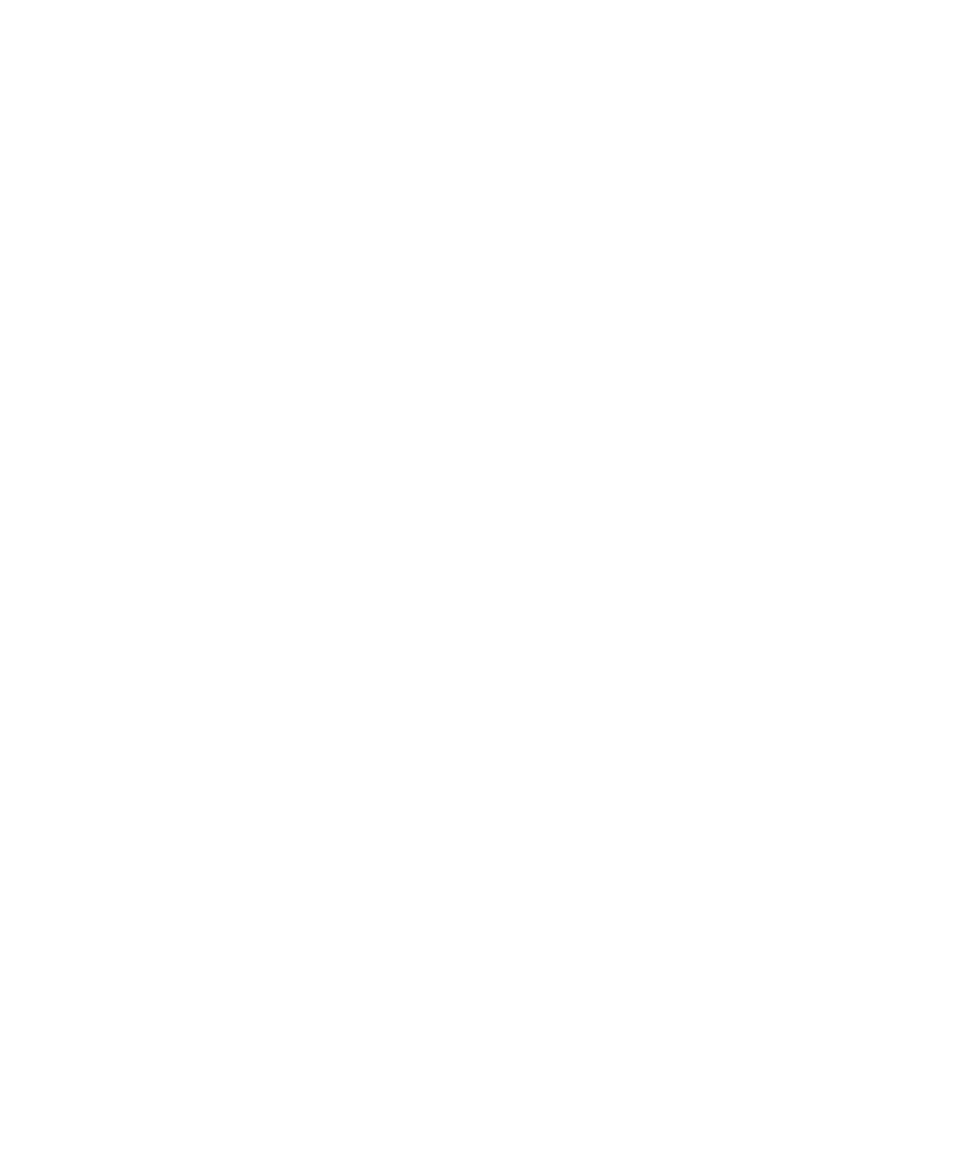
Working with Masks
scripts are played back. Any areas of the image that contain a mask are not compared
when you play back a test script that contains an Image verification point.
application has a date field, you might want to mask it to avoid a failure every time
the test script is played back. You can also apply masks to hide differences that you
determine were caused by intentional changes to the application, so that they do not
cause failures in future tests.
procedures in the Actual file. However, when you select a mask in the Baseline file,
the mask is also selected in the Actual file. You cannot modify the mask in the Actual
file--it is shown there for convenience only.
designated region and compare it in subsequent playbacks of the test script.
dynamically paints text in window areas or where the Actual text is difficult to obtain.
OCR regions are also useful in situations where a text string's font or weight may
change unexpectedly but go undetected using traditional verification methods. To
achieve the correct verification, you can define OCR regions on existing or newly
captured Image verification points.